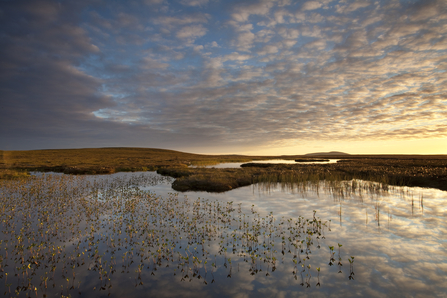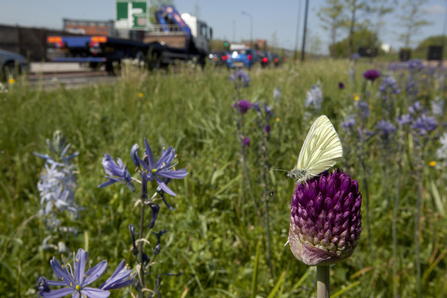In the modern times we live in, it’s easy to forget just how reliant we are on the natural world. Especially as technology advances, solving life’s challenges and sometimes providing solutions to problems we didn’t even know we had. But with that ‘progression’ comes further separation from our relationship with the natural world; and that can result in unintended consequences.
Take, for example, the variety of year-round fruit and vegetables available in supermarkets, sourced from around the world. Whilst this can improve our diets and increase access to fresh food, it also adds to our disconnect with nature. No longer is it evident when the ‘season’ is for certain produce, and the ‘story’ of how the food is produced is often lost as it arrives on our plate from a packet.
To us as consumers, it’s not apparent that one in four mouthfuls of food we eat relies on pollinating insects to help it grow. Therefore, the threat of extinction that hovers over so many of our pollinating insects, and the link between that and our own food supply, is missed.


